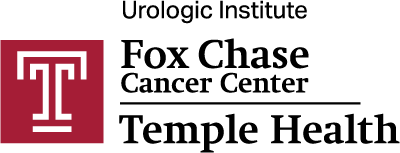

By Marla R. Wolfson, MS, PhD, Professor, Center for Inflammation, Translational and Clinical Lung Research, Temple University
Persistent pulmonary hypertension of the newborn (PPHN, also known as neonatal pulmonary hypertension and persistent fetal circulation syndrome), affects 2% of live births and is a major cause of neonatal mortality. PPHN is a failure to properly transition from placental respiration to breathing with the lungs; the pulmonary vasculature remains resistant to blood flow, leading to right-to-left shunting of blood across the ductus arteriosus or foramen ovale and causing often-severe hypoxemia.
The nitric oxide (NO)-cyclic guanosine monophosphate (cGMP) signaling pathway ordinarily contributes to vasodilation in pulmonary vascular smooth muscle cells at birth, and impaired NO-cGMP signaling contributes to the pathogenesis of PPHN. Inhaled nitric oxide (iNO) is a potent, FDA-approved pulmonary vasodilator in many infants with PPHN, yet up to 40% of patients do not respond to iNO therapy and require ECMO due to refractory pulmonary hypertension.
Temple researchers are among those investigating the mechanisms underlying poor response to iNO therapy. Since NOmediated vasodilation requires stimulation of soluble guanylate cyclase (sGC) to generate cGMP, we believe that impaired sGC activity may contribute to poor NO responsiveness in the perinatal lung.1
Therefore, the discovery of sGC agonists (sGC stimulators and sGC activators) created by Bayer Pharma are a milestone in NO/cGMP pharmacology.2,3 These compounds are capable of directly stimulating sGC in a NO-independent fashion and are efficacious in preclinical models of pulmonary hypertension.4 The first in class sGC stimulator riociguat was approved for the treatment of pulmonary arterial hypertension and chronic thromboembolic pulmonary hypertension.5,6
These agents may also offer novel therapeutic approaches to diseases like PPHN. At Temple, we are now investigating in collaboration with Bayer (supported by a restricted research grant of Bayer AG) if sGC agonists could target the pulmonary circulation and pulmonary airway smooth muscle. This preclinical research may help to understand if sGC targeting holds promise for helping newborns at risk from PPHN and could also be the basis for future clinical testing with this novel mechanism.

